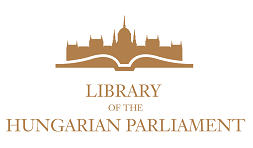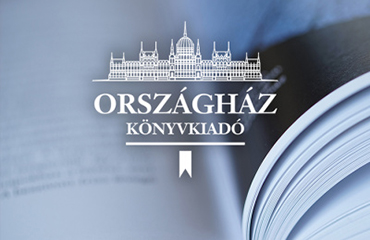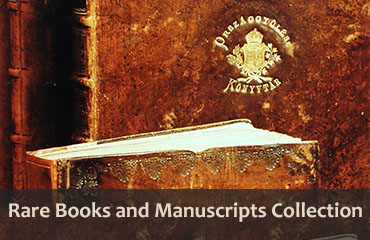The history of the library
The library of legislation
The Library of the Diet of Hungary was founded by the House of Representatives in 1868 with the aim of supporting legislative work. Its operation began in 1870, in a room in the Hungarian National Museum, continued in what is known as the Luby House, and from 1873 to 1902 the Library of the House of Representatives was accommodated in the House of Representatives building in Sándor Street (now: Bródy Sándor Street). In summer 1902, this library and its holdings of 50 thousand tomes, moved to the new Parliament building, designed by Imre Steindl, where the Library of the Hungarian Parliament can still be found. Steindl designed a large area in the middle of the building; the ornate, two-storey big reading hall on the Danube bank still welcomes readers.
From its establishment up until 1952 (except the period of the Hungarian Soviet Republic), the library operated as an organisational unit of the National Assembly with the fundamental goal of supporting the work and cultural-scientific interests of the legislators, while also lending books to satisfy the literary needs of the MPs and their families. The library operated under three supervisory authorities: until 1950 it was supervised by the Library Committee, a standing committee of the House of Representatives, and from 1887 by the Speaker of the House, who was also the president of the committee, i.e. it ultimately fell under the plenary session of the House of Representatives.
Serving the public
The initially closed institutional library, with its continually growing holdings including many rarities, gained popularity among ever-wider circles of scholars, scientists and researchers, and therefore received more and more requests for its use. In 1934, a separate reading room, called the ‘reading room for strangers’ was set up for them in the Parliament building. After 1945, it welcomed the public with increasingly longer opening hours, and from 1 September 1950 it opened its doors to a “limited public”: those with a permission were allowed to read in the gallery of the big reading room. The library fully opened to the public in autumn 1952, and from January 1953, it operated under the ministry of culture.
In 1958, the minister of public collections and cultural affairs classified the institution as a national library of science and designated its three main collecting areas, which are still present today. Between 1958 and 1962, special collections were established from the library’s holdings: The Special Collection of the Hungarian Soviet Republic in 1958, the UN Depository Library in 1960, and the Foreign Parliamentary Collection as well as the Hungarian Parliamentary Collection in 1962.
From 1975, the Library of the Hungarian Parliament became a nationwide information centre for law and politics, and started the automated processing of the incoming periodicals and providing information based on them: uniquely in Hungary, they established the World Politics Information Service, i.e. the processing of foreign law journals, while between 1980 and 1991, twice a year, the library published the bibliographical data of the analytically researched articles and studies of the Hungarian literature on law arranged according to legal disciplines in booklets supplied with a subject and name index. In 1989, the library launched the PRESSDOK database, monitoring news in the Hungarian press. HUNDOK, the database monitoring foreign press, started in 1991 and contained the source data and brief synopses of articles published in the international press about Hungary.
In the last two decades of the socialist era, the library was an important meeting place for young intellectuals. The professionally selected book holdings, the easily accessible international journals and publications by Hungarian émigrés were a magnet for lawyers and scholars critical of the socialist establishment.
Double function
After the change in the political system, the Speaker of the National Assembly and the Minister of Culture signed an agreement, stipulating that “the historic relationship that developed between the National Assembly and the Library of the Hungarian Parliament would be restored” effective from 1 January 1991. As the library of legislature, the library retained its functions as a public library and a national library of science. In the same year, the Department of Information for MPs was established to provide library documents and information to MPs and their experts, as well as the factions, committees and the office staff. From 2010, it continued its work under the name of Information Service for MPs, providing special library and information services until January 2014, when it became an autonomous head department.
In 2012, Speaker László Kövér established a committee to shape and renew the future of the Library of the Hungarian Parliament. In 2013-2014, the big reading room was reconstructed according to Imre Steindl’s original designs, as a result of which the number of volumes accommodated in the reference library grew manifold.
Gyűjtőkör, állomány
Gyűjtemények
Híres hagyatékok a könyvtárban















